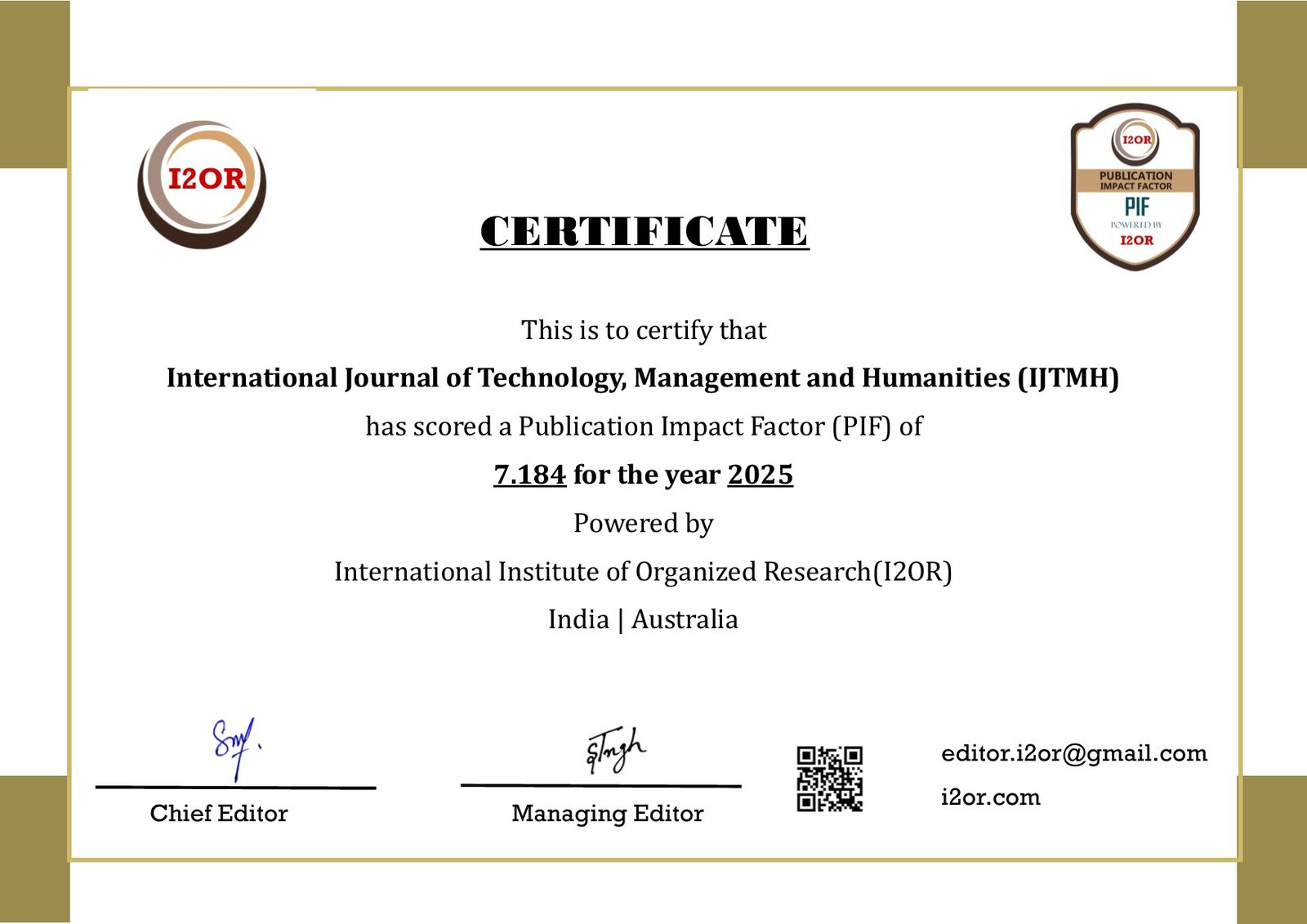Zero-Downtime BMS Upgrades for Scientific Research Facilities: Lessons from NASA’s Infrared Telescope Project
DOI:
https://doi.org/10.21590/Keywords:
Zero-Downtime BMS, NASA Infrared Telescope Facility, Scientific Research Infrastructure, Fault-Tolerant Architecture, Live System Migration, Mission-Critical Operations, HVAC Modernization, Shadow Deployment, Data IntegrityAbstract
Scientific research facilities demand continuous operation of mission-critical systems, particularly Building Management Systems (BMS), which control and monitor environmental, power, and mechanical infrastructure. Any disruption—no matter how brief—can jeopardize experiments, data integrity, and equipment longevity. This paper presents a comprehensive study of a zero-downtime BMS upgrade performed at NASA’s Infrared Telescope Facility (IRTF) in Mauna Kea, Hawaii. The project demonstrates how modular architecture, redundant systems, and stepwise cutover strategies can facilitate seamless upgrades without interrupting telescope operations. Lessons learned from this project offer valuable insights for other scientific facilities seeking to modernize their BMS infrastructure while preserving operational continuity.







